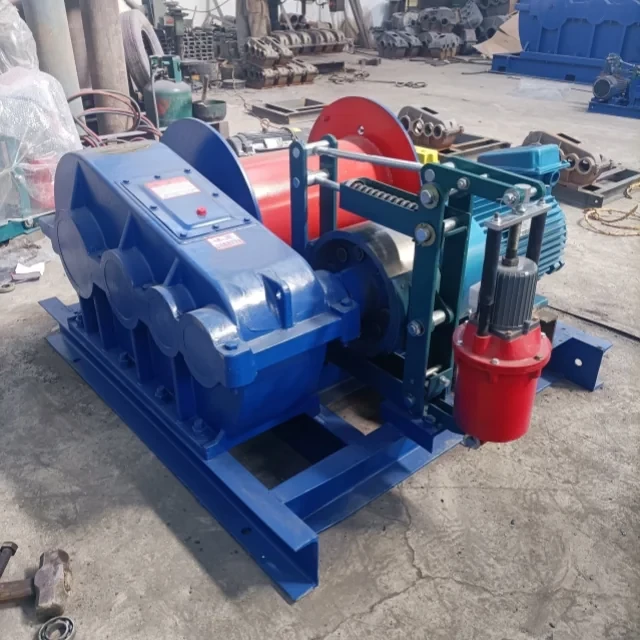Introduction
Proper flange gap adjustment isn't just about preventing leaks—it's about safeguarding entire systems from catastrophic failure. While traditional asbestos-based methods are now recognized as hazardous, modern solutions like ceramic fiber gaskets and torque sequencing protocols offer safer, compliant alternatives. This guide breaks down the science of flange alignment, material innovations, and step-by-step adjustment techniques trusted by petrochemical and industrial engineers.
Flange Gap Adjustment Fundamentals
Why Proper Flange Alignment Matters for System Integrity
Misaligned flanges cause 23% of pipeline failures, according to ASME studies. Even a 0.1mm gap deviation can:
- Create uneven stress distribution, leading to metal fatigue
- Allow corrosive chemicals to penetrate sealing surfaces
- Trigger thermal leakage in high-pressure systems
Ever wondered why some flange joints fail years before their expected lifespan? The answer often lies in overlooked gap tolerances during installation.
Risks of Traditional Asbestos-Based Methods
Though once industry-standard, asbestos sealing tapes pose:
- Health hazards: Airborne fibers linked to lung diseases
- Legal non-compliance: Banned in 60+ countries under OSHA/REACH regulations
- Performance gaps: Brittle under cyclic thermal loading
Modern alternatives eliminate these risks while improving durability.
Advanced Materials for Gap Correction
Non-Asbestos Sealing Tapes: Composition and Compliance
Today’s sealing tapes combine:
- Aramid fibers (heat-resistant up to 500°C)
- Elastomeric binders for compression recovery
- FDA/EPA-compliant formulations
These materials withstand 2x the PSI of legacy asbestos tapes while passing ASTM F104 testing.
High-Temperature Gasket Alternatives
For extreme conditions (e.g., refinery flare stacks), consider:
- Ceramic fiber gaskets: 1,260°C tolerance with 0% shrinkage
- Graphite-layered designs: Self-sealing under vibration
- Spiral-wound metal cores: For >10,000 PSI systems
Pro Tip: Always match gasket material to your media’s pH level—acidic flows degrade even robust materials prematurely.
Step-by-Step Flange Adjustment Protocol
Pre-Adjustment Inspection and Measurement Tools
Before touching bolts:
- Laser aligners detect angular misalignment (≥0.05° accuracy)
- Ultrasonic thickness gauges verify flange warping
- Bore scopes inspect hidden corrosion
Document baseline measurements to justify adjustments.
Torque Sequencing and Post-Installation Testing
The "cross-pattern" torque sequence prevents distortion:
- Tighten bolts to 30% target torque in star pattern
- Increase to 60%, re-checking gap uniformity
- Finalize at 100%, then hydrotest at 1.5x operating pressure
Case Example: A Texas petrochemical plant reduced seal failures by 78% after adopting this protocol.
Industry Applications and Compliance
Case Study: Petrochemical Plant Retrofit with Ceramic Fiber
When a Gulf Coast facility replaced asbestos gaskets with ceramic fiber:
- Maintenance intervals extended from 6 to 24 months
- EPA audit penalties were avoided
- Energy efficiency improved by 9% (per TÜV Rheinland report)
API/ASME Standards for Flange Surface Tolerance
Compliance requires:
- API 6A: ≤0.05mm/m flatness deviation
- ASME PCC-1: Bolt stress ±10% of calculated values
- ISO 15848: ≤100ppm fugitive emissions
Conclusion: Building Safer Systems Starts with Flanges
Modern flange adjustment isn’t just about following steps—it’s about integrating material science, precision tools, and compliance awareness. For teams working with industrial machinery like Garlway winches, these protocols ensure equipment operates safely under extreme loads.
Actionable Next Steps:
- Audit current flange gaps using laser/ultrasonic tools
- Phase out asbestos-containing materials within 6 months
- Train crews on torque sequencing—improper tightening voids 92% of warranties
By prioritizing these methods, you’re not just fixing gaps; you’re future-proofing infrastructure.
Related Products
- Portable Concrete Mixer Machine Equipment for Mixing Concrete
- Ready Mixer Machine for Construction Ready Mix Machinery
- JDC350 Small Cement Concrete Mortar Mixer
- Commercial Construction Mixer Machine for Soil Cement Mixing Concrete
- Hydraulic Concrete Mixer Machine Cement Mixing Equipment for Mixture Concrete
Related Articles
- How to Prevent Structural Failures and Explosions in Concrete Plants: A Safety-First Guide
- How to Choose Between Concrete and Stabilized Soil Mixing Plants for Optimal Project Performance
- How Concrete Mixers Cut Costs and Boost Efficiency in Construction Projects
- Optimizing Infrastructure Efficiency: How to Choose Between Concrete and Stabilized Soil Mixing Plants
- How Advanced Concrete Mixers Quantify Sustainability Beyond Waste Reduction






